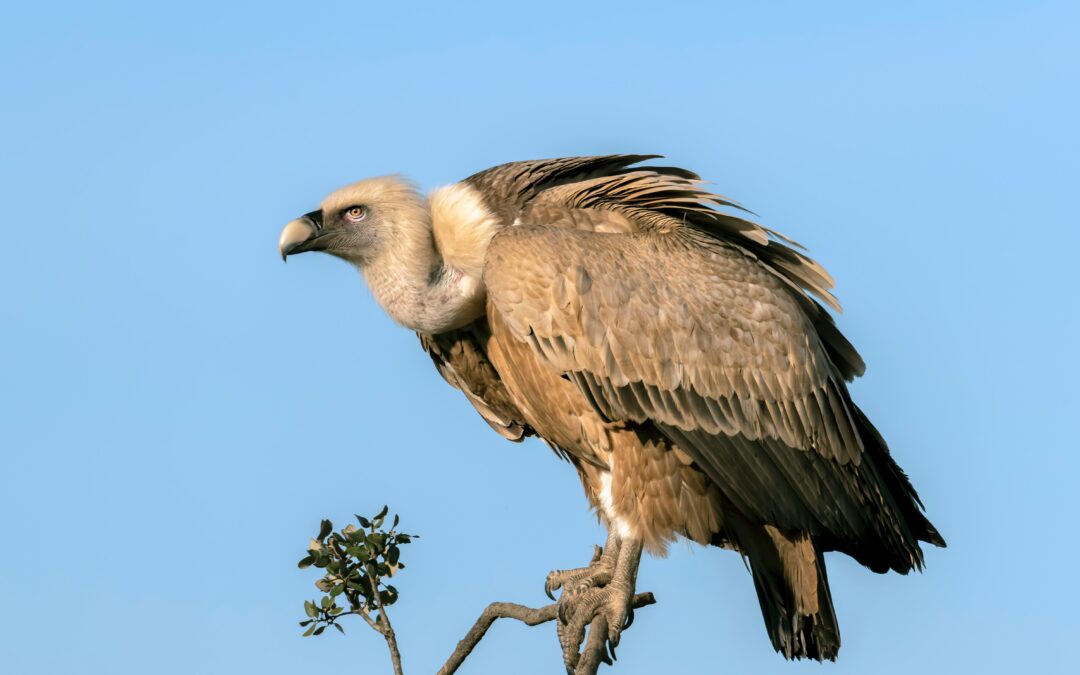Last places!!!
Meeting the Birds of Cádiz: Saturday september 28, 2024
There’s so many amazing birds in this wonderful part of Cadiz, where we live. I’ve decided to create an opportunity for you to get to know them! Under the expert guidance of Birding the Strait we will be spending a morning to observe them in the surroundings of Vejer and Tarifa. (09:00 – 14:30 hrs) – with lunch afterwards (not included in the price)
Sign up today: info@walkingcadiz.com
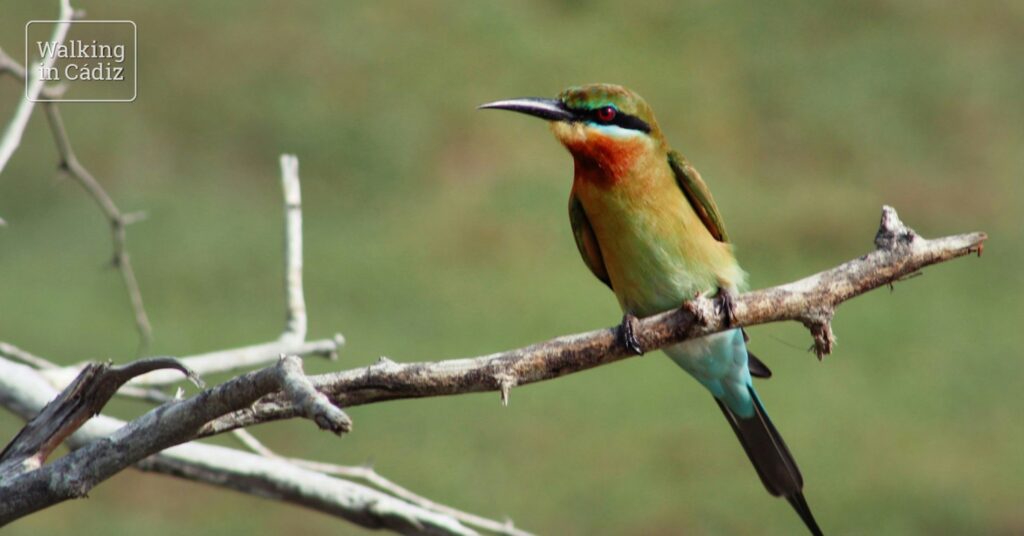
Join us on a Birdwatching excursion on September 28, 2024
Get to know the birds of La Janda, The Strait of Gibraltar and Barbate Marshes with the excellent guides of our partner Birding The Strait !
An excursion from 09:00 – 14:30 hrs. including transport from and to Vejer de la Frontera. Group max 14 persons. Price per person; € 60,-
Sign up today at info@walkingcadiz.com
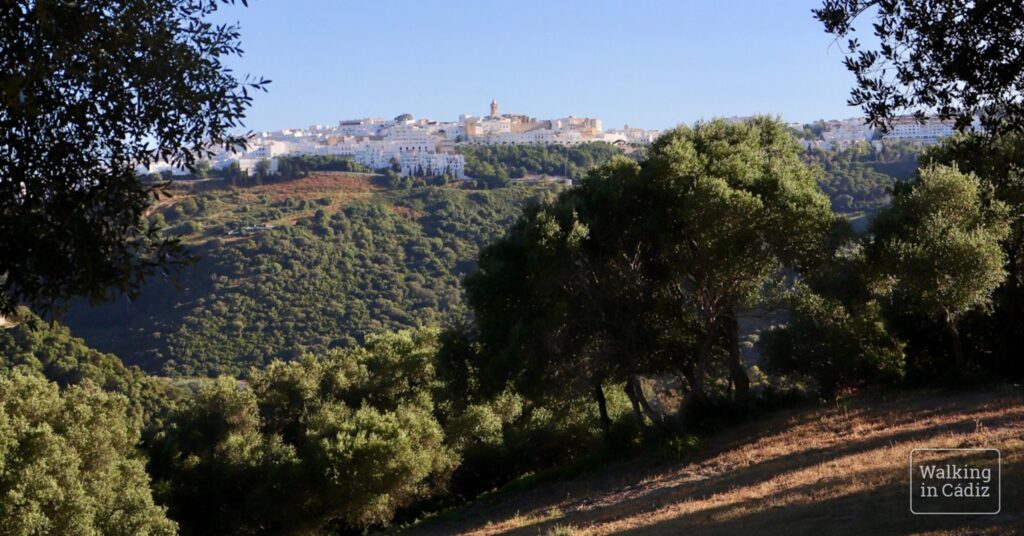
The birds of La Janda
– The biggest interior wetland of the Iberian Peninsula –
The La Janda region, located on the Atlantic coast of Cadiz, was once the biggest interior wetland in the Iberian Peninsula. Today it still boasts a rich ecosystem and remains a valuable area for birdwatching, with her pine forests, cliffs, beaches, the Barbate river and marshes providing habitats for a wide range of bird species.
– Walk 1 in our e-book brings you to a beautiful part of La Janda, just outside of Vejer –
One of the highlights of this area is the la Janda Lagoon, a key location for birdwatching in Cadiz. The open forest landscape of Vejer and Conil is ideal for spotting raptors such as the Spanish Imperial Eagle, the Bonelli’s Eagle, and the Black-winged Kite.
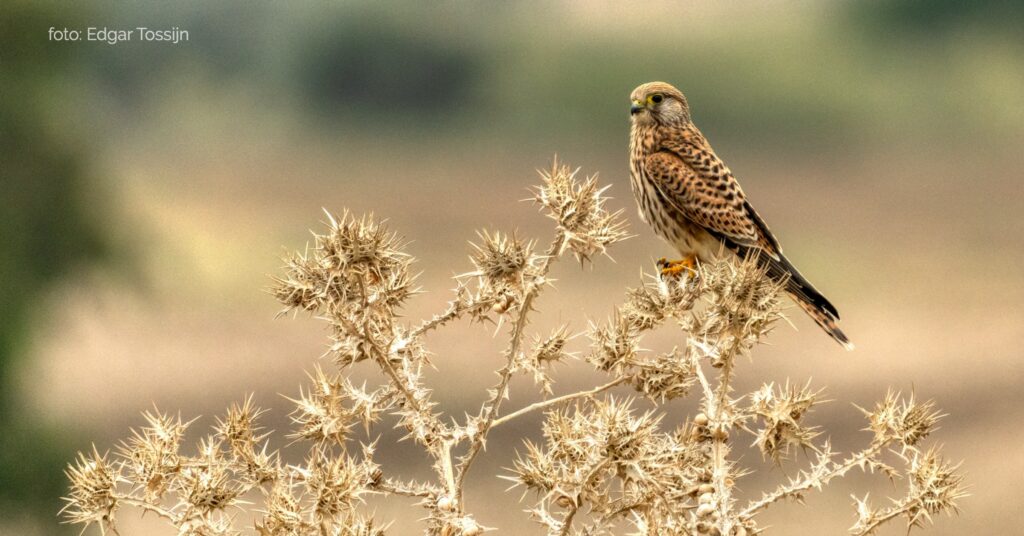
Common cranes and raptors
Steppe land birds like the Little Bustard, the European Roller, the Eurasian Thick-knee, and the Montagu’s Harrier can also be seen in the area. As well as the Spanish Imperial Eagle, Bonelli’s Eagle and the Northern Bald Ibis.
Thousands of Common Cranes visit this region during the winter months. Raptors are a major draw in the La Janda region, with all European species present, including rare sightings of the Lesser Spotted Eagle and the Pallid Harrier. The Spanish Imperial Eagle, Bonelli’s Eagle, and the critically endangered Northern Bald Ibis can also be found here, making it a hotspot for birdwatching enthusiasts.
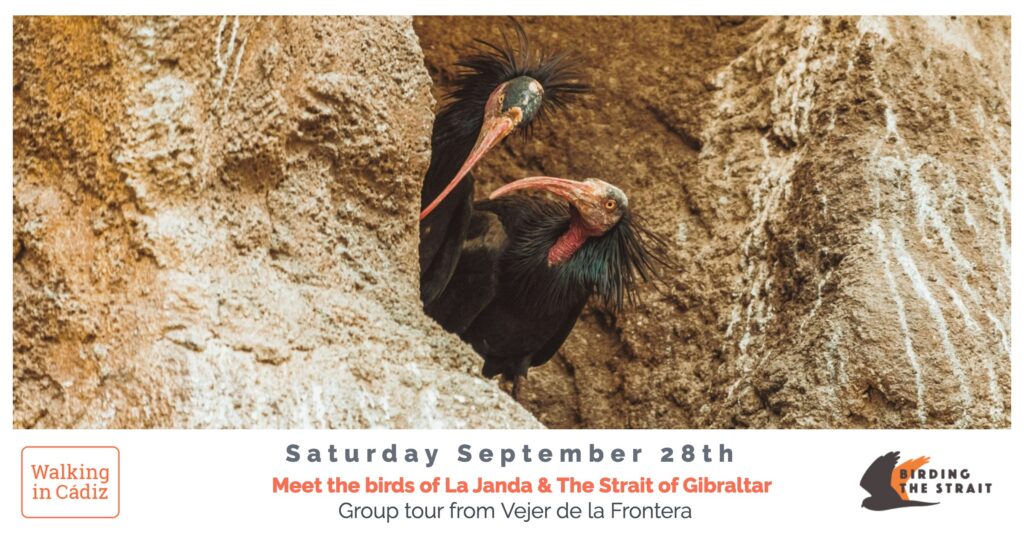
The ‘heavy metal’ ibis
A successful reintroduction project has established a small but growing colony of the Northern Bald Ibis, that was almost extinct, in our region, providing birdwatchers with the opportunity to see these unique birds in their natural habitat.
You can meet the exotic, pre-historic looking bird (a friend called it the ‘heavy metal’ version of birds) in La Barca de Vejer, The Torre Castilnovo at the beach between Conil and El Palmar and in de Sierra de Retín, between Barbate and Zahara de los Atunes.
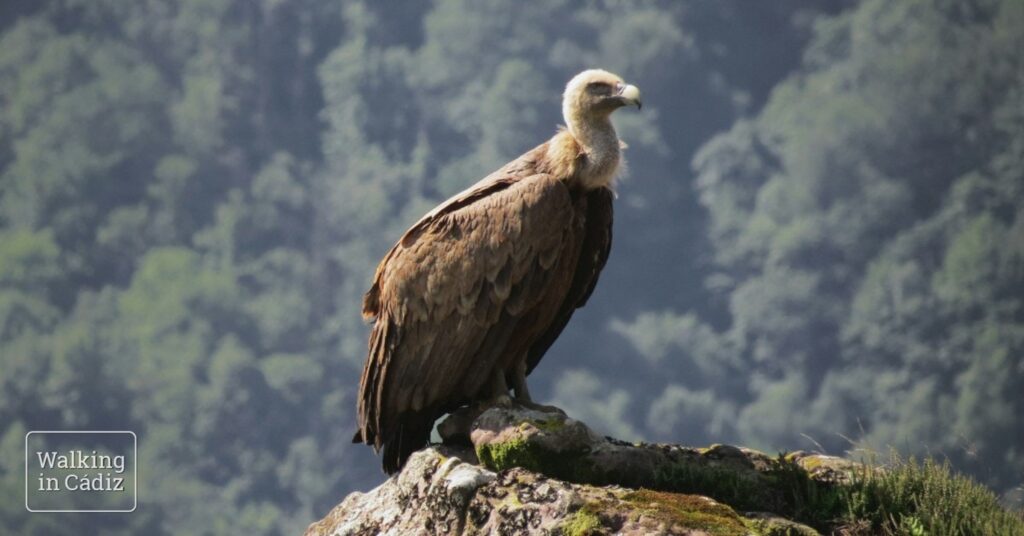
Los Alcornocales Natural Park
– The last tropical sanctuary in Europe –
The vast Los Alcornocales Natural Park is the largest cork-oak forest in Spain. The park’s diverse landscape and Mediterranean vegetation provide a habitat for a variety of bird species, with a focus on raptors and forest passerines.
There’s some amazing walks in this park, in our e-book you’ll find the best of them and these offer and excellent opportunity to surround yourself with amazing birds.
The Súbida al Picacho walk (no 8 in the e-book) brings you to beautiful riverbank forests, oak-cork and gall oak forests, and rocky terrain where you can spot Western Bonelli’s Warblers, Iberian Chiffchaffs, and other interesting species.
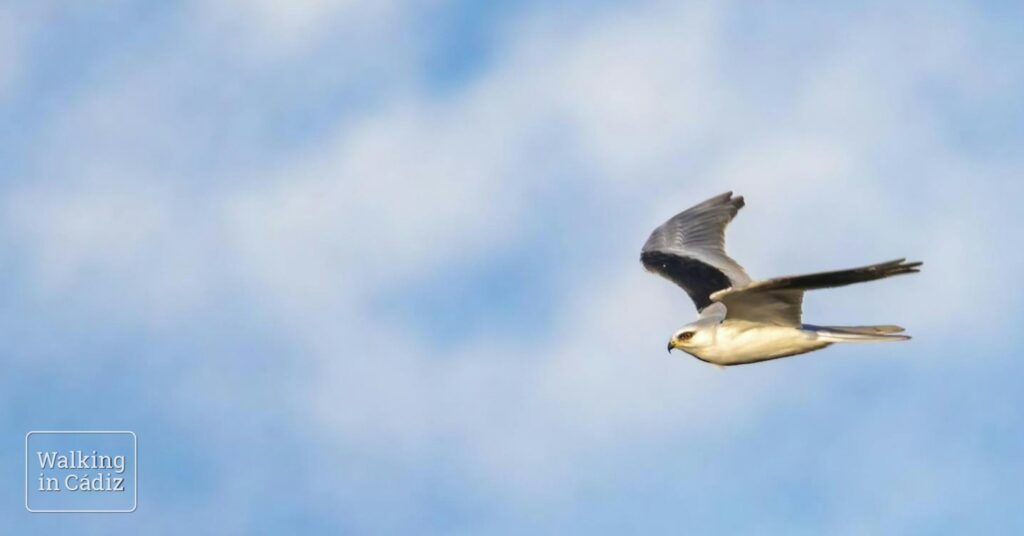
The Valdeinfierno route (walk 7) in the south of the Alcornocales park is home of the famous “canutos” of Los Alcornocales, where forest passerines such as the Western Bonelli’s Warbler and the Treecreeper live. Another ‘must-go’ spot in Los Alcornocales Natural Park is the hilltop fortress of Castelo de Castellar with stunning views over the cork-oak forest and the Strait of Gibraltar. Here you can spot a small colony of Lesser Kestrels.
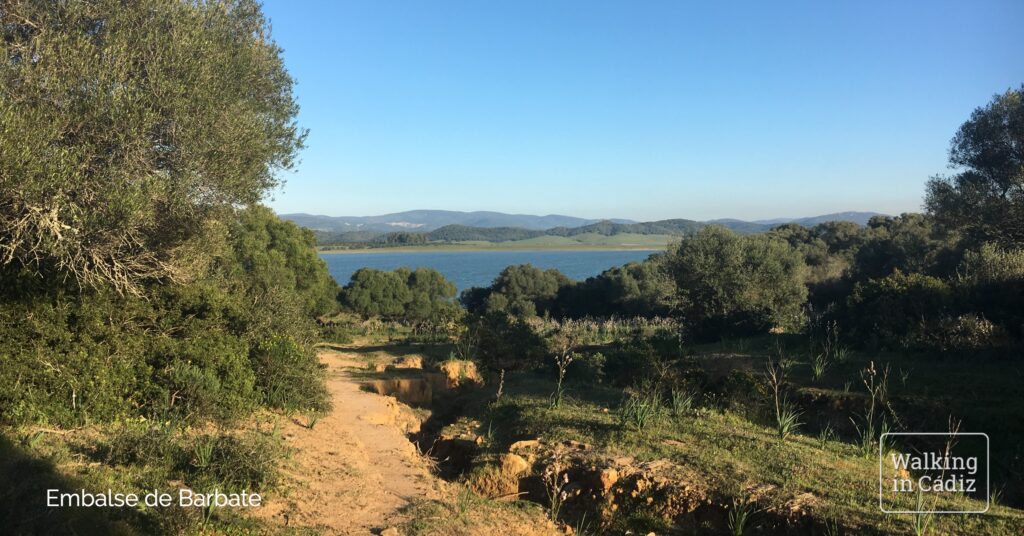
The Strait of Gibraltar
The geographic characteristics of the Strait of Gibraltar, located between the Mediterranean Sea and the Atlantic Ocean, and two continents, Africa and Europe, make this place a strategic enclave for bird migration. Every year hundreds of millions of birds from more than 200 hundred different species which breed in the North of Europe travel, at the end of summer and autumn, to their wintering quarters located in tropical Africa and the Mediterranean region, to come back the following spring.
Witness the Spectaculair Bird migration
Bird migration in The Strait of Gibraltar is practically visible every month of the year. Only December and June are wintering and breeding months respectively. However, certain months of the year account the largest numbers of individuals as well as the highest diversity of species.
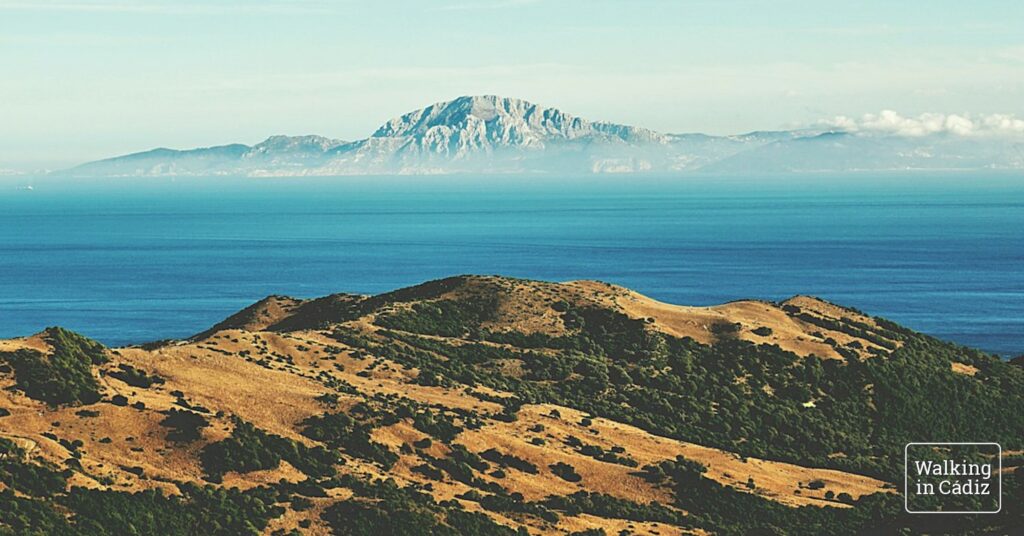
The best time of year to watch bird migration
September is probably the best month of the year to witness the bird migration here. In September we can find the highest diversity of species, especially soaring birds and passerines, and most of species have their highest numbers in this time of the year. cycle defies the normal established order.
600,000 birds, 30 different species
Numbers can be extraordinary. More than 46 species of soaring birds have been sighted. During the autumn migration, for example, just raptors and storks exceed 600,000 individuals of 30 different species on average. Flocks of more than 15,000 white storks have been seen. More than 30,000 Black Kites or 25,000 European Honey-buzzards have been counted in a single day. 100 species of seabirds have been spotted, half of them being common.
Join us on a Birdwatching excursion on September 28, 2024
Get to know the birds of La Janda, The Strait of Gibraltar and Barbate Marshes with the excellent guides of our partner Birding The Strait !
An excursion from 09:00 to 14:30 hrs. including transport from and to Vejer de la Frontera. We’ll go for a tapas lunch after the birdwatching!
Group max 14 persons. Price per person; € 60,-
Sign up today info@walkingcadiz.com
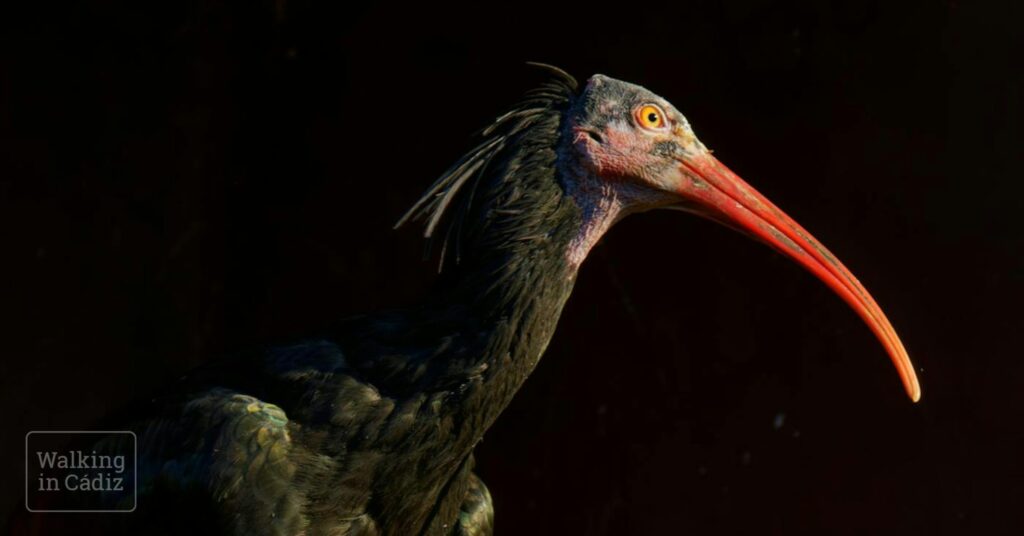
The most exciting birds of this area
- Northern Bald Ibis – Geronticus eremita
Catalogued as critically endangered at a global level. Thanks to a recent reintroduction Project, the province of Cadiz hosts the only breeding population of Europe. Best place to see them is in Barca de Vejer, the Torre Castilnovo at the beach between Conil and El Palmar and in de Sierra de Retín, between Barbate and Zahara de los Atunes. - Bonelli’s Eagle – Aquila fasciata
Sedentary raptor, endangered and declining. There is an important population in the province of Cadiz. It breeds in rocky mountains with accessible cliffs and surrounding hunting open lands. The Grazalema Mountain Range is a good place to see it. However, La Janda is probably the best place in the province. - Little Swift – Apus affinis
It has recently colonised Europe from the Strait of Gibraltar. It bred before in Cueva del Moro, Sierra de la Plata, where we can occasionally see it. The Harbour of Chipiona, which hosts the only breeding colony, offers the best opportunities. Present throughout the year, it is easier to see it in winter at dawn or late in the evenings. - Iberian Chiffchaff – Phylloscopus ibericus
Summer species. It prefers mature forests of genre quercus or mixed. Sierra de Grazalema, La Garganta Verde or the river of El Bosque are good spots to sight it. In Los Alcornocales, Picacho Ascent, Valdeinfierno or the Old Road of Los Barrios-Facinas. They can be also seen. In the Strait of Gibraltar. - Spanish Imperial Eagle – Aquila adalberti
Sedentary species, in high risk of extinction and endemic in the Iberian Peninsula. Currently, its populations are increasing and expanding thanks to preservation and reintroduction projects. The best place, without any doubt, to see it, is La Janda. During migration periods juvenile individuals are usually seen from the observatories. - Black-winged Kite – Elanus caeruleus
It is a small sedentary raptor which appeared in our province in the 80s. It prefers dry farming areas with few trees or open forests. Some good places to catch a glimpse of it are the surroundings of San José del Valle, the vicinity of the Lagoons of the Cadiz Bay, the Lagoon of Medina, and La Janda, of course.
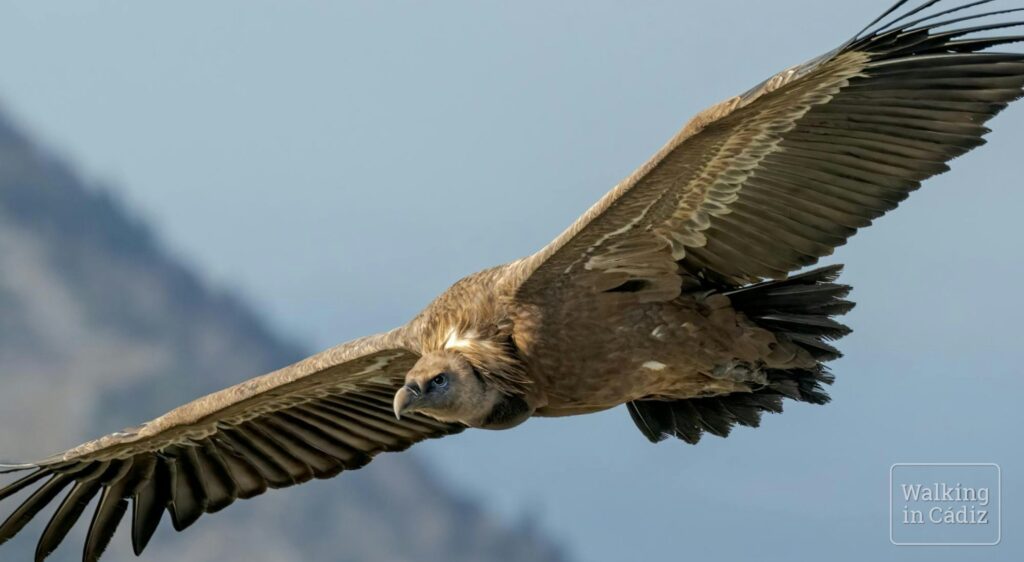
See you 28 september 2024!
Text: Anne Middelkamp
With thanks to Birding The Strait, Cadizturismo.com

